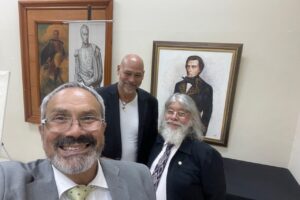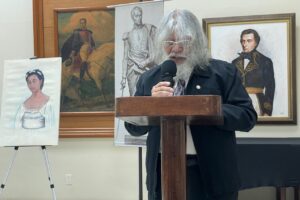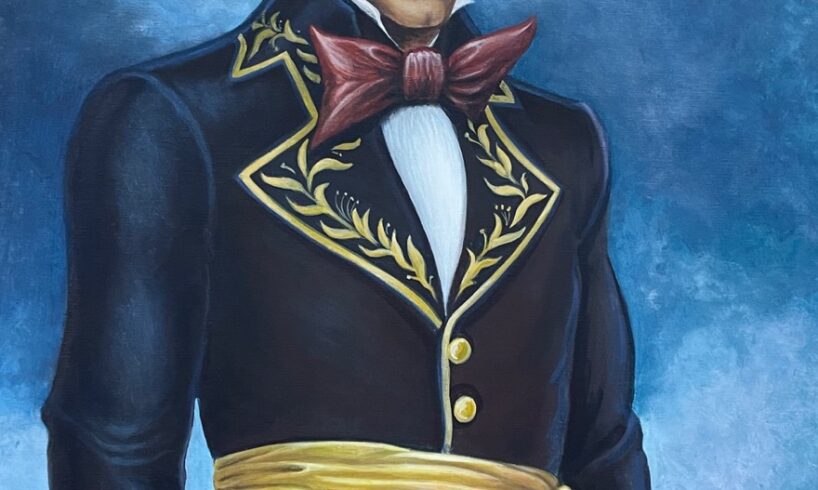
Venezuela’s independence movement is often told through a Bolivarian-centric lens, portraying Simón Bolívar as the sole architect of liberation. However, this narrative ignores and marginalizes key figures like Manuel Piar and his mother, María Isabel Gómez, both of whom were active long before Bolívar’s rise to prominence. Their immense contributions to the cause—Piar’s unmatched military success and Gómez’s early involvement in independence efforts—were ultimately met with erasure, betrayal, and economic destitution.
This article explores why Piar, despite winning 24 to 26 battles, never owned property, and how both he and his mother were sidelined due to their mixed-race heritage, contrasting their fate with the privileged Venezuelan criollo elite.
1. Manuel Piar: The General Without Land, Power, or Recognition
How Can a General with 24-26 Victories Die Without Property?
Piar was one of the most successful military leaders of the Venezuelan War of Independence, securing victories that were pivotal to Bolívar’s success. He:
•Defeated Spanish forces in Guayana, ensuring access to crucial resources.
•Led key battles in eastern Venezuela, consolidating revolutionary control.
•Organized diverse forces, including indigenous, Afro-descendant, and lower-class fighters.
Despite his unmatched military record, he:
•Never received land or wealth as a reward for his service.
•Was denied political power, unlike other generals who were given governorships or high-ranking positions.
•Was executed in 1817 under Bolívar’s orders, accused of insubordination and conspiracy.
Why Was Piar Denied the Rewards Given to Other Generals?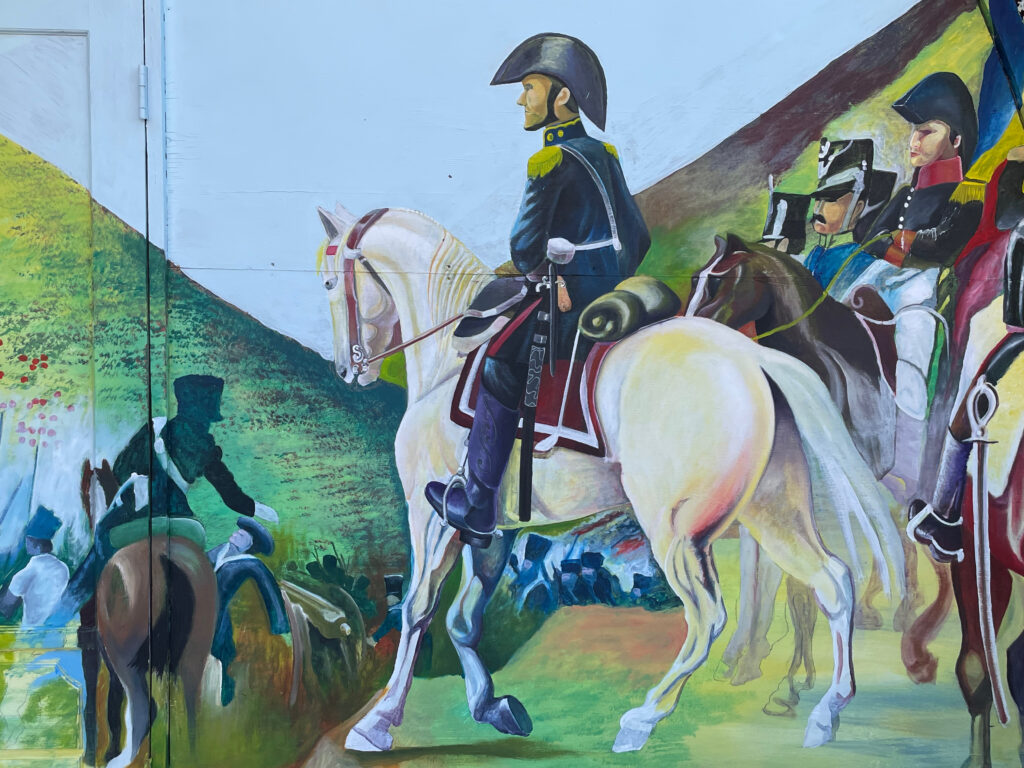
Several factors explain why Piar, despite his military success, died without land or property:
1.His Mixed-Race Background
•Piar was of Afro-Caribbean and Dutch descent, which made him a racial outsider in the criollo-dominated independence movement.
•The Venezuelan elite, composed mostly of white criollos, resented his rise to power.
•Unlike white officers such as José Antonio Páez, who was later rewarded with land and political power, Piar was discarded once his victories were no longer needed.
2.His Advocacy for Racial and Social Justice
•Piar was not just a general; he was a social reformer.
•He pushed for real racial and class equality, demanding land and rights for non-white soldiers.
•His radical views made criollo elites, including Bolívar, uncomfortable. His execution was a way to silence his vision for a truly equal republic.
3.Bolívar’s Need to Appease the Criollo Elite
•Bolívar relied on Venezuela’s white landowning class for long-term political stability.
•Executing Piar reassured the elites that racial and social hierarchies would remain intact.
•Piar’s lands and wealth, which he rightfully earned, were never granted to his family—a stark contrast to other leaders who received estates and pensions.
2. María Isabel Gómez: A Revolutionary Before Bolívar, Yet Forgotten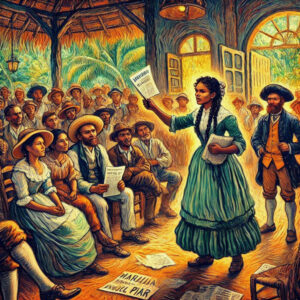
Manuel Piar was not the only revolutionary erased from Venezuelan history. His mother, María Isabel Gómez, was involved in anti-colonial activities before Bolívar’s movement even began.
•She had ties to early independence movements in Guayana, Gual, and España.
•She likely played a role in providing logistical and financial support to revolutionaries.
•She was a symbol of resilience and Afro-Caribbean influence in the fight for Venezuelan freedom.
Why Was María Isabel Gómez Never Recognized?
Much like her son, Gómez was a victim of Venezuela’s racial and social prejudices:
1.She Was a Black or Mixed-Race Woman in a Criollo-Dominated Society
•Women of color were rarely given political agency in post-independence Venezuela.
•Even white criolla women struggled to gain recognition—a mixed-race woman had even fewer chances of being honored.
•Her contributions were likely erased or downplayed because they did not fit the elite-controlled historical narrative.
2.Her Son’s Execution and the Stigma Attached to It
•After Piar’s death, his family faced humiliation and economic ruin.
•Gómez’s petitions for financial assistance were ignored, despite her son’s service to Venezuela.
•Criollo widows and mothers of white generals received state support—Gómez received nothing.
3.The Erasure of Non-Criollo Contributions to Independence
•The Venezuelan government systematically minimized the role of Afro-Caribbean and indigenous figures in the independence movement.
•Leaders like José Antonio Páez and Santiago Mariño were elevated, while Piar, despite his greater military success, was erased.
3. Venezuela’s Persistent Racism: The True Reason Piar and His Mother Were Forgotten ?
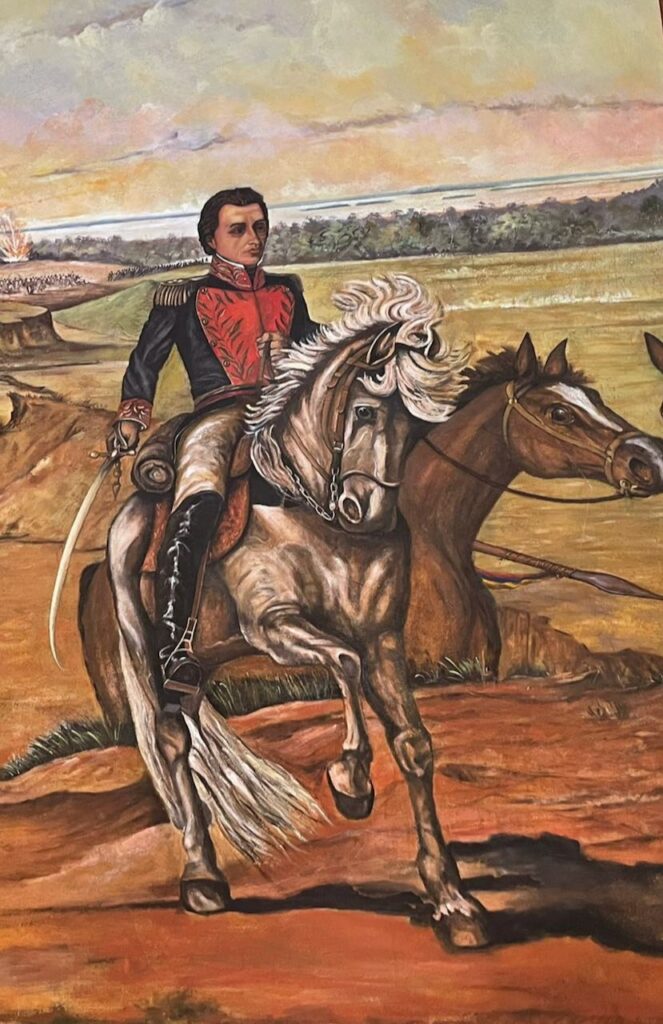
The failure to reward Piar’s victories and honor Gómez’s sacrifices is part of a larger issue in Venezuelan history:
•Race and social class determined who was rewarded after independence.
•Criollo officers received land, wealth, and political power.
•Non-white, Caribbean-born, or mixed-race figures were discarded—even if they played larger roles in the war.
The Contrast: José Antonio Páez vs. Manuel Piar
•Páez, a Spanish-born criollo, was rewarded with land and the presidency.
•Piar, who fought just as hard—if not harder—was executed and erased.
•Piar’s soldiers, many of whom were Afro-Venezuelan, never received the freedoms they fought for.
4. A Legacy of Betrayal and Erasure ?
The tragic fate of Manuel Piar and María Isabel Gómez reflects Venezuela’s racial and social contradictions:
•Piar, despite winning more battles than most generals, was left with nothing and executed.
•His mother, despite her early revolutionary activities, was abandoned by the country she helped liberate.
•The Venezuelan government rewarded white criollo leaders but erased the contributions of Afro-Caribbean and mixed-race revolutionaries.
This is why:
•Piar’s name is rarely mentioned alongside Bolívar’s, despite his military brilliance.
•María Isabel Gómez is almost entirely absent from historical narratives.
•Afro-Caribbean and indigenous Venezuelans saw little real change after independence, as the criollo elite ensured that racial and class hierarchies remained intact.
The question remains: What would Venezuela look like today if Piar’s vision of racial and social equality had been fulfilled?
Instead of honoring his ideals, the new republic erased him and abandoned his family, proving that Venezuela’s fight for true justice did not end with independence—it was simply postponed.
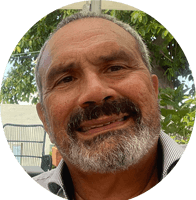
Tico Vos is a professional photographer, producer, and tourism specialist. He has been documenting the History, Culture, and News of Curaçao. This site is a documentation of the history of Manuel Carlos Piar.


